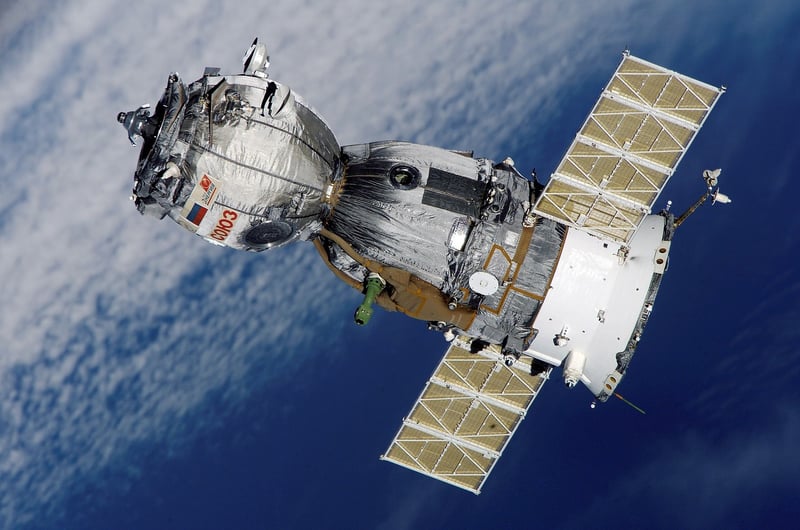Orbital Configurations
Exploring Diverse Solar Systems and Their Orbital Configurations
Welcome to an exciting journey through the vast and varied solar systems that exist beyond our own. In this article, we will delve into the fascinating world of different solar systems and their unique orbital configurations.
Understanding Solar Systems
A solar system is a collection of celestial bodies, including planets, moons, asteroids, comets, and more, that orbit around a central star. The most well-known example of a solar system is our very own Solar System, with the Sun at its center and eight planets, including Earth, orbiting around it.
Diversity in Solar Systems
Solar systems come in various sizes and configurations, with some having multiple stars and others containing a large number of planets. One of the most intriguing discoveries in recent years is the existence of exoplanets, planets that orbit stars outside our Solar System. Scientists have found a wide range of exoplanets, including rocky planets similar to Earth and gas giants many times the size of Jupiter.
Orbital Configurations
The orbital configurations of planets within a solar system can vary significantly. Some planets have circular orbits, while others have elliptical or even highly inclined orbits. The distance between a planet and its star also plays a crucial role in determining its temperature and potential for supporting life.
Types of Orbital Configurations:
- Circular Orbits: Planets follow a circular path around their star, resulting in relatively stable and predictable orbits.
- Elliptical Orbits: Some planets have elliptical orbits, meaning they are more elongated, leading to variations in distance from their star throughout their orbit.
- Inclined Orbits: Inclined orbits occur when a planet's orbital plane is tilted concerning its star's equatorial plane, leading to unique seasonal variations.
Exploration and Research
Thanks to advancements in technology, astronomers can now study distant solar systems using telescopes and space probes. The information gathered from these observations helps us better understand the formation and evolution of planets, as well as the potential for discovering habitable worlds beyond our own.
Conclusion
Exploring diverse solar systems and their orbital configurations offers us a glimpse into the vast complexity and beauty of the universe. By studying these distant worlds, we gain valuable insights that contribute to our understanding of the cosmos and our place within it.
Expand your horizons and embark on a journey through the wonders of the universe!


